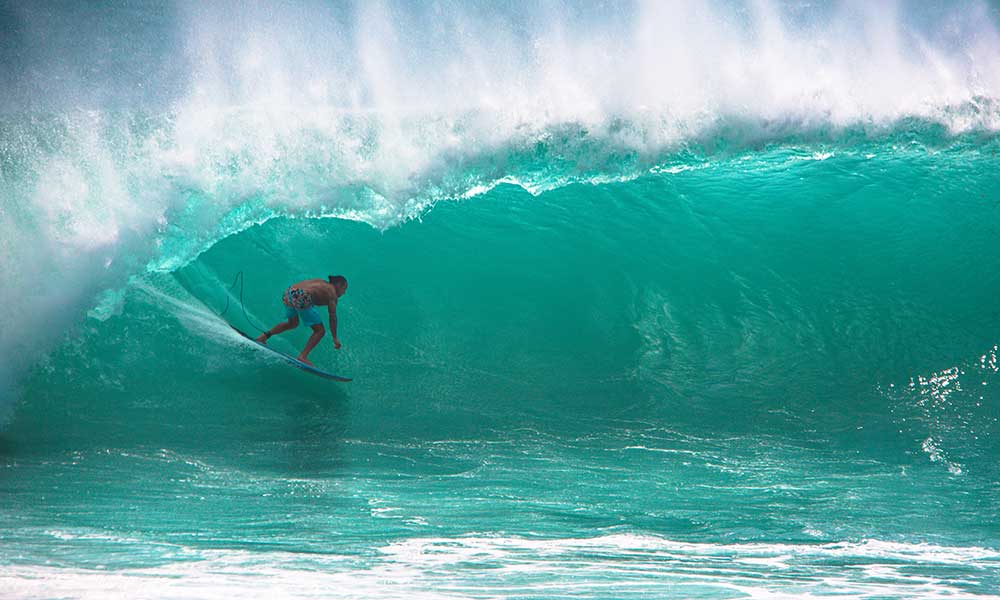Step up and step down surfboards can find a place in every surfer’s quiver.
They are the surfboards that allow you to step up to bigger surf and step down to smaller and weaker waves.
They are not specific “types” in the way that Longboards, Shortboards, and Foamies are, but they occupy an important place in a surfer’s quiver.
Not sure which boards are right for you?
Take a look at this guide and discover how to tackle any type of wave by adding some step up and step down surfboards to your collection.
What Is A Step Up Surfboard?
When the waves kick up a notch and you need something bigger that is easier to paddle and provides more stability, you can look to a step up surfboard.
As noted above, it’s not exactly a type of surfboard, it’s just one that is longer and/or thicker than what you have.
It’s usually a few inches bigger than your normal Shortboard and, therefore, more capable of hitting those big waves.
How Big Should My Step Up Surfboard Be?
It depends on how big your current board is and what you need the step-up surfboard for.
Generally, however, an increase of between 2 and 4 inches in length is a good rule of thumb.
When To Ride A Step Up Surfboard?
You can move to a step up surfboard when the waves are bigger and become harder to catch and ride.
The idea is that it will provide more paddle power while increasing your volume.
What Is A Step Down Surfboard?
A step-up is designed to hit those bigger and tougher waves while a step-down surfboard goes the other way, allowing you to focus on small waves.
It’s usually a shorter and wider board than what you have right now.
How Big Should My Step Down Surfboard Be?
The right board is often 2 to 3 inches shorter than your standard Shortboard.
That should give you more control over those smaller waves.
When To Ride A Step Down Surfboard?
When the days are calm and the waves are weak, you can reach for your step-down surfboard.
Popular Step Up and Step Down Surfboards
Surfboards are not marketed as “step up” or “step down” surfboards, because whether or not they meet those criteria will depend on your current board.
As a result, there are no surfboards that we can highlight as the best.
Just keep the above tips in mind and remember to build your quiver in a way that allows you to attack all types of wave.







